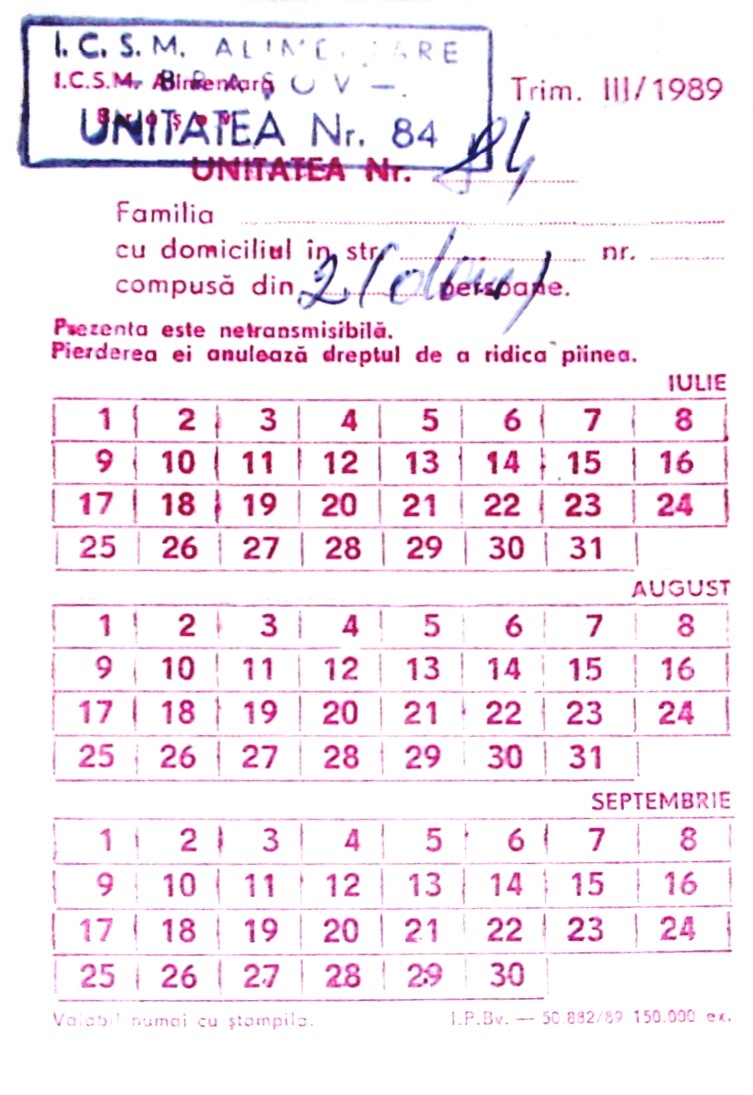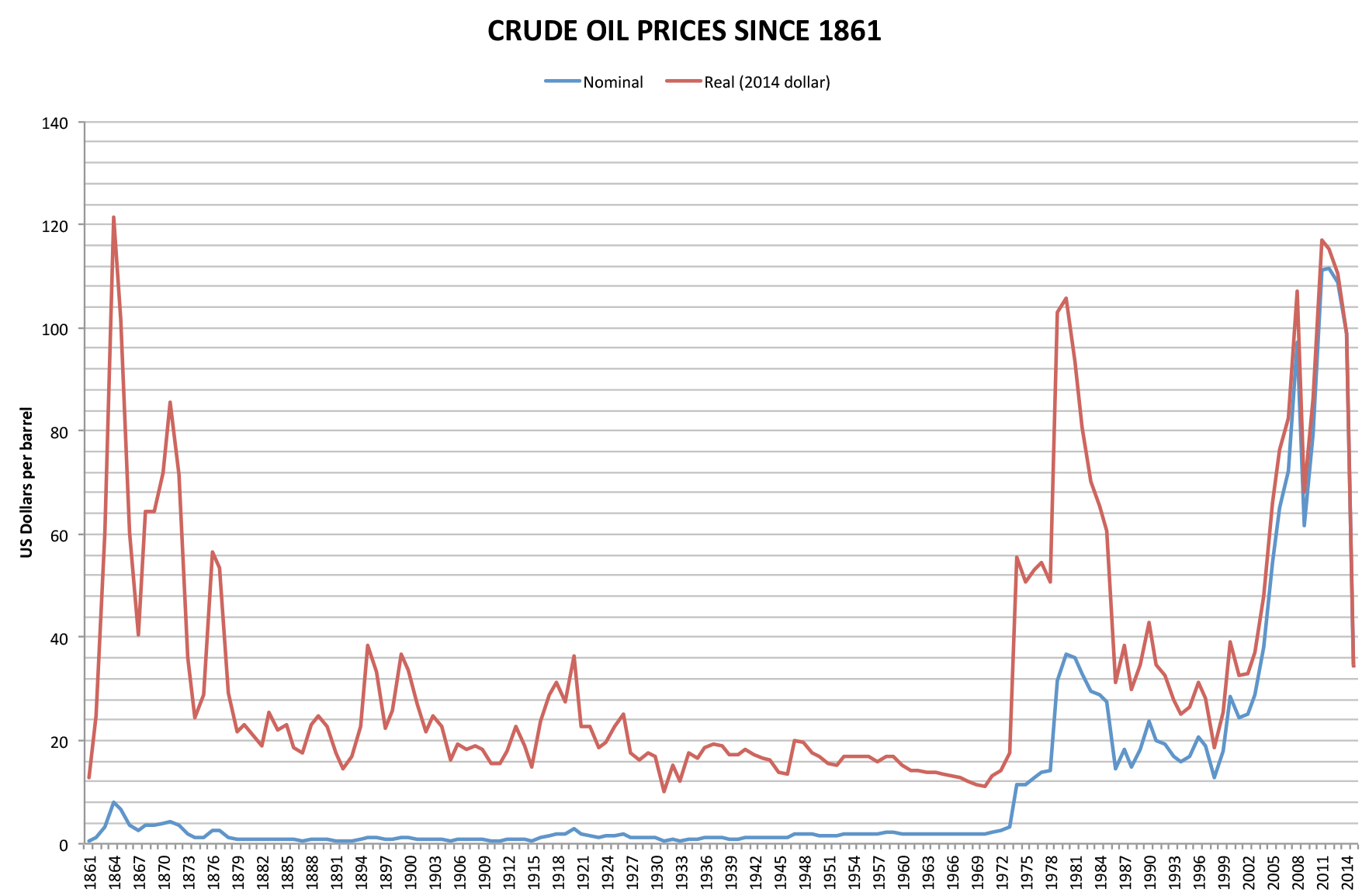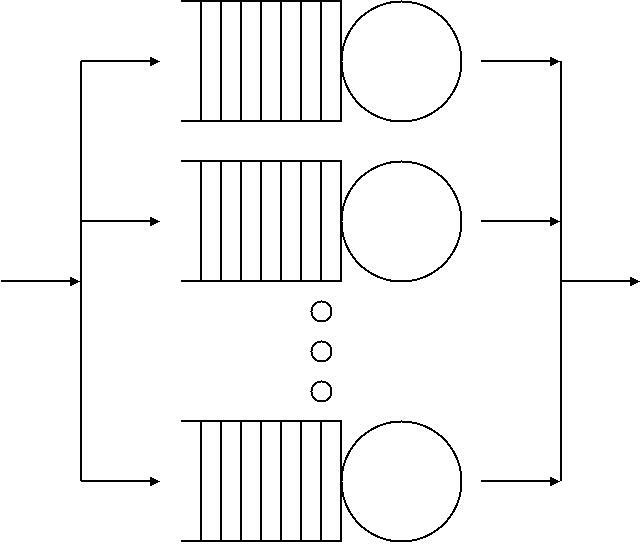|
Rationing
Rationing is the controlled distribution of scarce resources, goods, services, or an artificial restriction of demand. Rationing controls the size of the ration, which is one's allowed portion of the resources being distributed on a particular day or at a particular time. There are many forms of rationing, although rationing by price is most prevalent. Rationing is often done to keep price below the market-clearing price determined by the process of supply and demand in an unfettered market. Thus, rationing can be complementary to price controls. An example of rationing in the face of rising prices took place in the various countries where there was rationing of gasoline during the 1973 energy crisis. A reason for setting the price lower than would clear the market may be that there is a shortage, which would drive the market price very high. High prices, especially in the case of necessities, are undesirable with regard to those who cannot afford them. Traditionalist economi ... [...More Info...] [...Related Items...] OR: [Wikipedia] [Google] [Baidu] |
Ration Stamp
A ration stamp, ration coupon or ration card is a stamp or card issued by a government to allow the holder to obtain food or other commodities that are in short supply during wartime or in other emergency situations when rationing is in force. Ration stamps were widely used during World War II by both sides after hostilities caused interruption to the normal supply of goods. They were also used after the end of the war while the economies of the belligerents gradually returned to normal. Ration stamps were also used to help maintain the amount of food one could hold at a time. This was so that one person would not have more food than another. India Rationing has been present in India since World War II. A ration card allows households to purchase highly subsidised food grain, sugar and kerosene from their local Public distribution system (PDS) shop. There are two types of ration cards: * Priority ration cards (replaced the erstwhile above poverty line and below poverty ... [...More Info...] [...Related Items...] OR: [Wikipedia] [Google] [Baidu] |
Queueing
Queue areas are places in which people queue ( first-come, first-served) for goods or services. Such a group of people is known as a ''queue'' ( British usage) or ''line'' ( American usage), and the people are said to be waiting or standing ''in a queue'' or ''in line'', respectively. (In the New York City area, the phrase ''on line'' is often used in place of ''in line''.) Occasionally, both the British and American terms are combined to form the term "queue line". Examples include checking out groceries or other goods that have been collected in a self service shop, in a shop without self-service, at an ATM, at a ticket desk, a city bus, or in a taxi stand. Queueing is a phenomenon in a number of fields, and has been extensively analysed in the study of queueing theory. In economics, queueing is seen as one way to ration scarce goods and services. Types Physical History The first written description of people standing in line is found in an 1837 book, '' The French Rev ... [...More Info...] [...Related Items...] OR: [Wikipedia] [Google] [Baidu] |
Supply And Demand
In microeconomics, supply and demand is an economic model of price determination in a market. It postulates that, holding all else equal, in a competitive market, the unit price for a particular good, or other traded item such as labor or liquid financial assets, will vary until it settles at a point where the quantity demanded (at the current price) will equal the quantity supplied (at the current price), resulting in an economic equilibrium for price and quantity transacted. The concept of supply and demand forms the theoretical basis of modern economics. In macroeconomics, as well, the aggregate demand-aggregate supply model has been used to depict how the quantity of total output and the aggregate price level may be determined in equilibrium. Graphical representations Supply schedule A supply schedule, depicted graphically as a supply curve, is a table that shows the relationship between the price of a good and the quantity supplied by producers. Under the a ... [...More Info...] [...Related Items...] OR: [Wikipedia] [Google] [Baidu] |
1973 Energy Crisis
The 1973 oil crisis or first oil crisis began in October 1973 when the members of the Organization of Arab Petroleum Exporting Countries (OAPEC), led by Saudi Arabia, proclaimed an oil embargo. The embargo was targeted at nations that had supported Israel during the Yom Kippur War. The initial nations targeted were Canada, Japan, the Netherlands, the United Kingdom and the United States, though the embargo also later extended to Portugal, Rhodesia and South Africa. By the end of the embargo in March 1974, the price of oil had risen nearly 300%, from US to nearly globally; US prices were significantly higher. The embargo caused an oil crisis, or "shock", with many short- and long-term effects on global politics and the global economy. It was later called the "first oil shock", followed by the 1979 oil crisis, termed the "second oil shock". Background Arab-Israeli conflict Ever since the recreation of the State of Israel in 1948 there has been Arab–Israeli conflict in the ... [...More Info...] [...Related Items...] OR: [Wikipedia] [Google] [Baidu] |
First Come, First Served
Queueing theory is the mathematical study of waiting lines, or queues. A queueing model is constructed so that queue lengths and waiting time can be predicted. Queueing theory is generally considered a branch of operations research because the results are often used when making business decisions about the resources needed to provide a service. Queueing theory has its origins in research by Agner Krarup Erlang when he created models to describe the system of Copenhagen Telephone Exchange company, a Danish company. The ideas have since seen applications including telecommunication, traffic engineering, computing and, particularly in industrial engineering, in the design of factories, shops, offices and hospitals, as well as in project management. Spelling The spelling "queueing" over "queuing" is typically encountered in the academic research field. In fact, one of the flagship journals of the field is ''Queueing Systems''. Single queueing nodes A queue, or queueing no ... [...More Info...] [...Related Items...] OR: [Wikipedia] [Google] [Baidu] |
Romanian Ration-card For Bread, 1989
Romanian may refer to: *anything of, from, or related to the country and nation of Romania **Romanians, an ethnic group **Romanian language, a Romance language *** Romanian dialects, variants of the Romanian language **Romanian cuisine, traditional foods **Romanian folklore *Romanian (stage), a stage in the Paratethys The Paratethys sea, Paratethys ocean, Paratethys realm or just Paratethys was a large shallow inland sea that stretched from the region north of the Alps over Central Europe to the Aral Sea in Central Asia. Paratethys was peculiar due to its p ... stratigraphy of Central and Eastern Europe *'' The Romanian'' newspaper *'' The Romanian: Story of an Obsession'', a 2004 novel by Bruce Benderson * * {{disambiguation Language and nationality disambiguation pages ... [...More Info...] [...Related Items...] OR: [Wikipedia] [Google] [Baidu] |
Siege
A siege is a military blockade of a city, or fortress, with the intent of conquering by attrition, or a well-prepared assault. This derives from la, sedere, lit=to sit. Siege warfare is a form of constant, low-intensity conflict characterized by one party holding a strong, static, defensive position. Consequently, an opportunity for negotiation between combatants is common, as proximity and fluctuating advantage can encourage diplomacy. The art of conducting and resisting sieges is called siege warfare, siegecraft, or poliorcetics. A siege occurs when an attacker encounters a city or fortress that cannot be easily taken by a quick assault, and which refuses to surrender. Sieges involve surrounding the target to block the provision of supplies and the reinforcement or escape of troops (a tactic known as " investment"). This is typically coupled with attempts to reduce the fortifications by means of siege engines, artillery bombardment, mining (also known as sapping), or the ... [...More Info...] [...Related Items...] OR: [Wikipedia] [Google] [Baidu] |
Siege Of Lucknow
The siege of Lucknow was the prolonged defence of the British The Residency, Lucknow, Residency within the city of Lucknow from rebel Sepoy, sepoys (Indian soldiers in the East India Company, British East India Company's Army) during the Indian Rebellion of 1857. After two successive relief attempts had reached the city, the defenders and civilians were Emergency evacuation, evacuated from the Residency, which was then abandoned. Background to the siege The state of Oudh State, Oudh/Awadh had been annexed by the British East India Company and the Nawab Wajid Ali Shah was exiled to Calcutta the year before the rebellion broke out. This high-handed action by the East India Company was greatly resented within the state and elsewhere in India. The first British Commissioner (in effect the governor) appointed to the newly acquired territory was Coverley Jackson. He behaved tactlessly, and Sir Henry Lawrence, a very experienced administrator, took up the appointment only six weeks be ... [...More Info...] [...Related Items...] OR: [Wikipedia] [Google] [Baidu] |
Indian Rebellion Of 1857
The Indian Rebellion of 1857 was a major uprising in India in 1857–58 against the rule of the British East India Company, which functioned as a sovereign power on behalf of the British Crown. The rebellion began on 10 May 1857 in the form of a mutiny of sepoys of the Company's army in the garrison town of Meerut, northeast of Delhi. It then erupted into other mutinies and civilian rebellions chiefly in the upper Gangetic plain and central India, though incidents of revolt also occurred farther north and east. The rebellion posed a considerable threat to British power in that region, and was contained only with the rebels' defeat in Gwalior on 20 June 1858., , and On 1 November 1858, the British granted amnesty to all rebels not involved in murder, though they did not declare the hostilities to have formally ended until 8 July 1859. Its name is contested, and it is variously described as the Sepoy Mutiny, the Indian Mutiny, the Great Rebellion, the Revolt of 1857, t ... [...More Info...] [...Related Items...] OR: [Wikipedia] [Google] [Baidu] |
Siege Of Ladysmith
The siege of Ladysmith was a protracted engagement in the Second Boer War, taking place between 2 November 1899 and 28 February 1900 at Ladysmith, Natal. Background As war with the Boer republics appeared likely in June 1899, the War Office in Britain dispatched a total of 15,000 troops to Natal, expecting that if war broke out they would be capable of defending the colony until reinforcements could be mobilized and sent to South Africa by steamship. Some of these troops were diverted while returning to Britain from India, others were sent from garrisons in the Mediterranean and elsewhere. Lieutenant General Sir George White was appointed to command this enlarged force. White was 64 years old and suffered from a leg injury incurred in a riding accident. Having served mainly in India, he had little previous experience in South Africa. Outbreak of war Contrary to the advice of several British officials such as Sir Alfred Milner, the High Commissioner for Southern Africa, the ... [...More Info...] [...Related Items...] OR: [Wikipedia] [Google] [Baidu] |
Second Boer War
The Second Boer War ( af, Tweede Vryheidsoorlog, , 11 October 189931 May 1902), also known as the Boer War, the Anglo–Boer War, or the South African War, was a conflict fought between the British Empire and the two Boer Republics (the South African Republic and the Orange Free State) over the Empire's influence in Southern Africa from 1899 to 1902. Following the discovery of gold deposits in the Boer republics, there was a large influx of "foreigners", mostly British from the Cape Colony. They were not permitted to have a vote, and were regarded as "unwelcome visitors", invaders, and they protested to the British authorities in the Cape. Negotiations failed and, in the opening stages of the war, the Boers launched successful attacks against British outposts before being pushed back by imperial reinforcements. Though the British swiftly occupied the Boer republics, numerous Boers refused to accept defeat and engaged in guerrilla warfare. Eventually, British scorched earth po ... [...More Info...] [...Related Items...] OR: [Wikipedia] [Google] [Baidu] |
White People
White is a Race (human categorization), racialized classification of people and a Human skin color, skin color specifier, generally used for people of Ethnic groups in Europe, European origin, although the definition can vary depending on context, nationality, and point of view. Description of populations as "White" in reference to their skin color predates this notion and is occasionally found in Greco-Roman ethnography and other ancient or medieval sources, but these societies did not have any notion of a White or pan-European race. The term "White race" or "White people", defined by their light skin among other physical characteristics, entered the major European languages in the later seventeenth century, when the concept of a "unified White" achieve universal acceptance in Europe, in the context of racialization, racialized slavery and unequal social status in the European colonies. Scholarship on Race (human categorization), race distinguishes the modern concept from pr ... [...More Info...] [...Related Items...] OR: [Wikipedia] [Google] [Baidu] |









